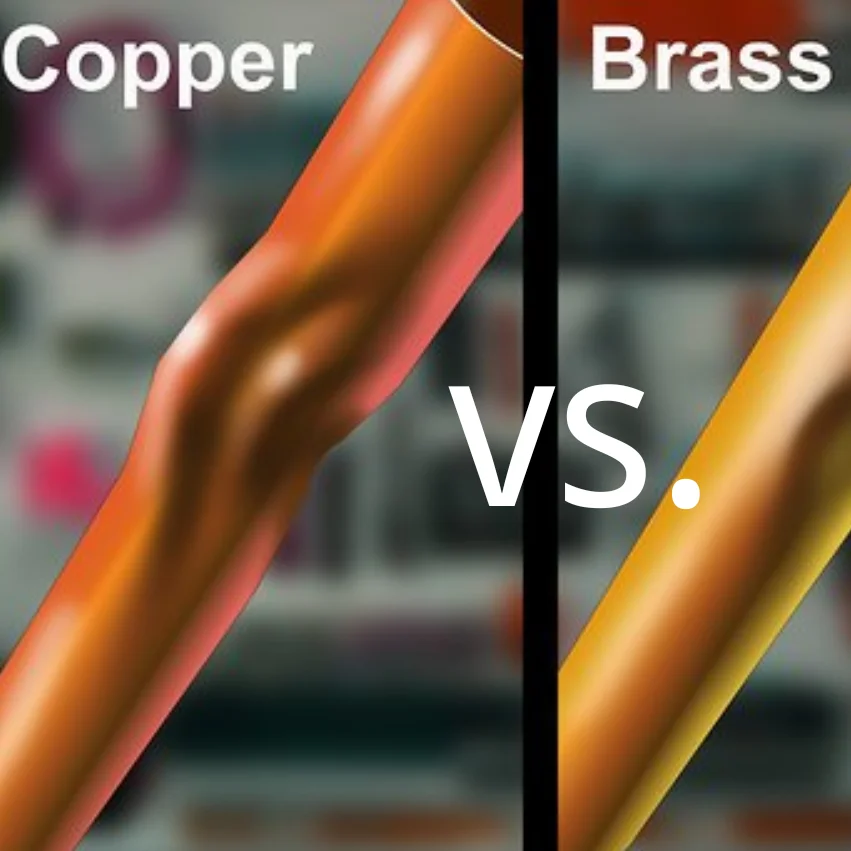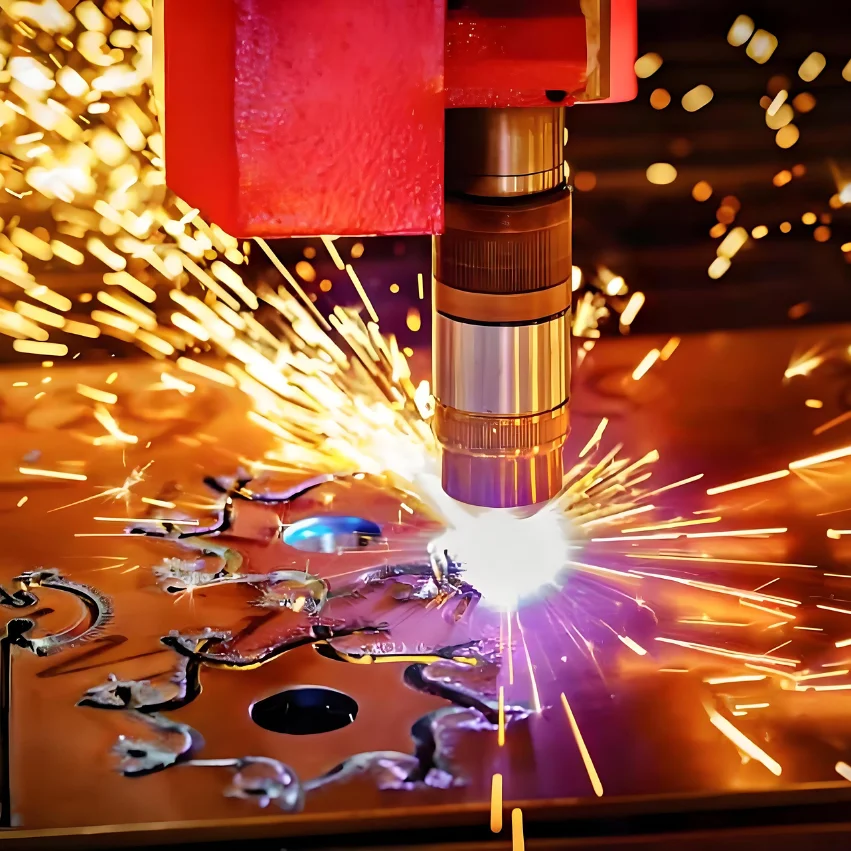Metal laser cutting can be used for sheet metal cutting and molding designs in a variety of different industries. For example, we commonly see cell phone holders.
Read on to learn more about the basics of laser cutting of metal, laser cutting design idea, and how to realize complex designs.
Related read: Laser Cutting vs Waterjet Cutting: Materials, Cost, and Speed.
Understanding the Basics of Metal Laser Cutting
Metal laser cutting uses a high-powered laser beam to make extremely precise cuts in metal materials. The process starts with a CAD file and directs the laser to follow the desired cut line on the sheet metal. The depth and complexity of the cut are controlled by controlling the intensity, speed, and movement of the laser beam.
Metal laser cutting cuts a wide variety of metals, including steel, aluminum, and copper, and is used in a wide range of applications, including industrial production and decoration.
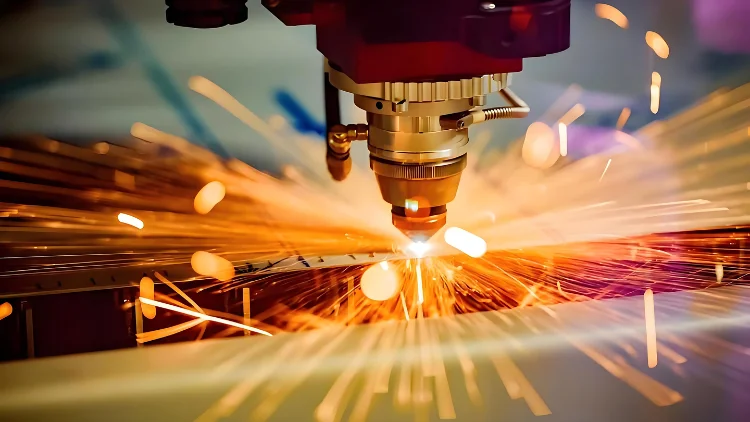
5 Types of Laser Cutting Designs Idea
Laser cutting is a very versatile technology that can create various types of designs, each of which has different uses in different industries. Here are 5 laser cutting design idea and uses:
Geometric Shapes
Geometric shapes involve a variety of patterns and shapes such as squares, triangles, and circles.
They are commonly used in architectural metalwork, decorative panels, and modern art installations. In addition, geometric shapes are visually appealing, giving spaces and products a clean, sleek look and a modern, abstract feel.
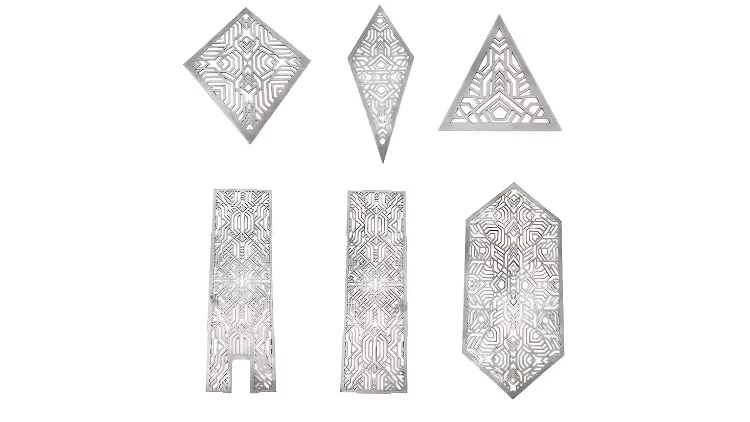
Functional Design
Functional design in the context of laser cutting is the creation of designs that have a practical use, or beautiful design. Suitable for industries with high demands on part size and performance, such as the automotive, aerospace, and electronics industries. Of course its useful in everyday applications.
Examples include fixed cell phone holders that can be customized with intricate patterns and personalized engraving.
Desk organizers, pen holders and tool holders, for example, can be precision cut from materials such as acrylic or wood.
Or address plates, directional signs, and information boards.
Text and Plates
With laser cutting technology, letters and numbers can be accurately engraved in different font sizes. Especially for metal plates, it can make it more modern and elegant. It is suitable for the design of signs, shells and complex parts.
Art Portraits and Landscapes
Laser cutting can be used to realize intricate designs that replicate figures, landscapes or abstract art. High quality beveled edges can be achieved by laser cutting the material, adding depth and dimension to the artwork. Typically used for unique wall artwork, commemorative plaques and custom decorative panels.
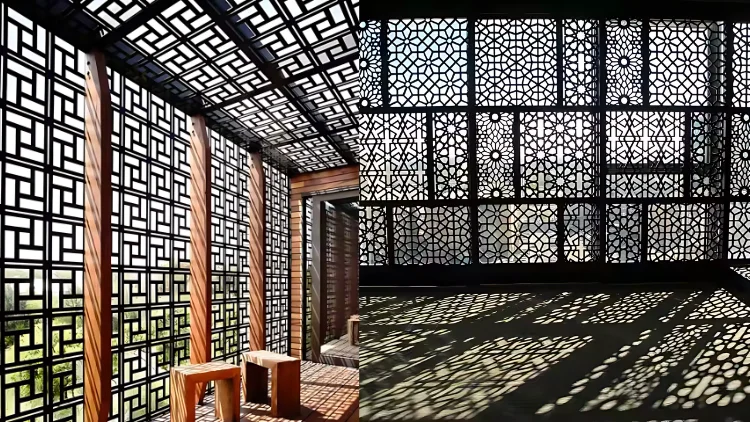
Intricate Lattice Patterns
Exquisite and delicate lace patterns can be cut into metal or wood using laser cutting. Often used on furniture, window panels and other decorative items.
How Laser Cutting Enables Intricate Designs
Laser cutting enables high-precision machining of parts and the creation of complex patterns. The following 4 points outline some of the factors that make it possible to realize complex designs:
High Precision and Accuracy
Laser cutting machines use a slim, focused laser beam to cut material, resulting in precise cuts and fine detail. This is important in precision metal cutting designs because it ensures that even the smallest parts are clearly visible.
Material Versatility
Laser cutting is capable of cutting a variety of materials, including metal, plastic, wood, and composites. This diversity means designers can create complex designs in a variety of mediums, enhancing creativity and adaptability.
Setup Time
Unlike some traditional manufacturing processes that require extensive setup or tool changes, laser cutting has a relatively short setup time. This high efficiency further supports the need for complex designs as it allows for shorter production times and faster turnaround.
Rapid Prototyping
Laser cutting is fast and allows for rapid prototyping, which also allows designers to make multiple revisions and improvements to complex designs.
What Factors Influence Laser Cutting Design?
Whether you’re looking to customize beautiful metal pieces for your home or have a large project with detailed designs for each metal part, there are a number of factors you should consider incorporating into your project plan.
Many factors can affect the price, speed, and time of a design project. Some of the major factors are listed below:
Material Properties and Thickness
Different metals absorb heat in different ways. For example, some metallic materials may reflect or scatter laser light, while others are better able to absorb and convert thermal energy, thus improving cutting efficiency. In addition, the physical properties of the material such as hardness, density, and thermal conductivity can also affect the cutting results, which in turn can have a significant impact on the quality of the product.
Cutting Speed and Power
Higher cutting speeds can reduce production time, but may affect cut quality. Similarly, higher laser power can cut thicker material, but may also affect cut quality.
Notch
The notch is the width of the laser beam cut. The designer must precisely control the size of the notch as it directly affects the overall stitching and visualization of the final piece.
You can learn more about the pros and cons of laser cutting here.
FAQ
When exploring metal laser cutting design, there are some common questions that are often asked, and understanding them can help you provide a safeguard for the design of your project.
Here are some of the frequently asked questions about metal laser cutting design:
1. What Types of Metals Can be Laser Cut?
Most metals can be laser cut, including stainless steel, mild steel, aluminum, copper, and brass. Different metals will react differently when laser cutting. For example, materials such as laser cut aluminum require higher power settings and will reflect the laser beam.
2. How Thick can a Laser Cutter Cut Metal?
The maximum thickness that a laser cutter can cut depends on the power of the laser (measured in watts) and the type of metal. For example, a 500-watt laser can cut 6 mm thick steel, but only 3 mm thick stainless steel or aluminum.
3. What Laser is Best for Metal Cutting?
When it comes to metal cutting, fiber lasers are the optimal choice. Fiber laser beams have a wavelength that metals absorb more efficiently, making them highly effective for cutting various types of metal. The smaller spot size and excellent beam profile of fiber lasers provide precision and high-quality cuts.
Compared to CO2 lasers, fiber lasers offer significant advantages, particularly in speed and efficiency. For thin sheet metal (5mm or less), fiber lasers can cut 2-3 times faster than CO2 lasers, making them ideal for applications requiring high throughput and precision. This makes fiber lasers the preferred option for industries that work extensively with metal cutting.
4. Can Laser Cutting Be Used for Both Decorative Parts and Metal Parts Processing?
Absolutely. Laser cutting is versatile and can be used to produce high-precision decorative and metal parts.
Summary
By understanding the fundamentals of laser cutting, the types of designs that can be produced, and the factors that influence these designs, you are provided with comprehensive assurance for your project design needs.
If you are in need of metal cutting design services, contact us for a project form, we have over 20 years of industry experience to provide you with a professional design solution.

